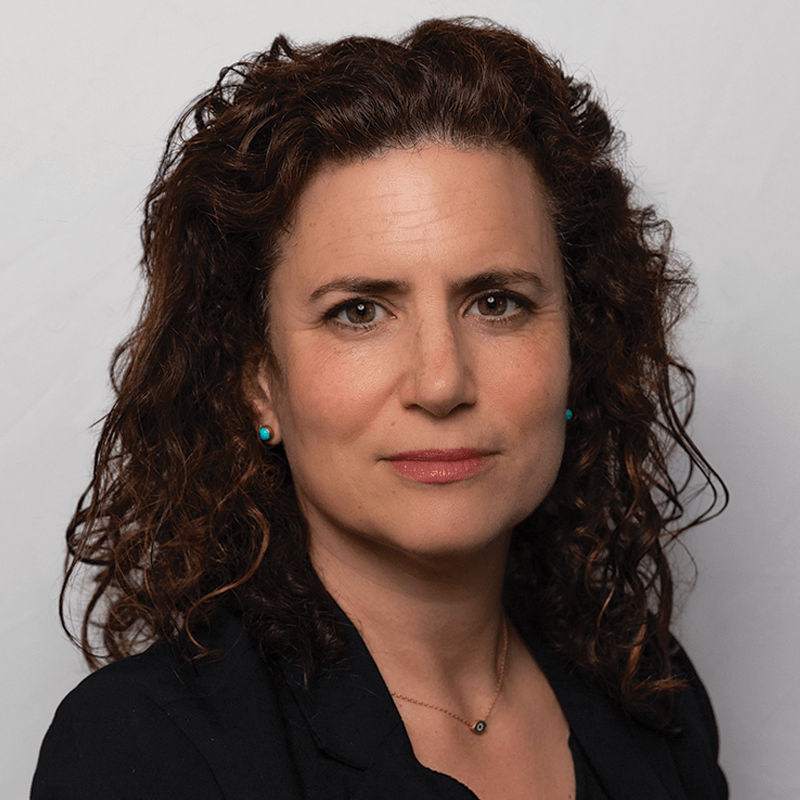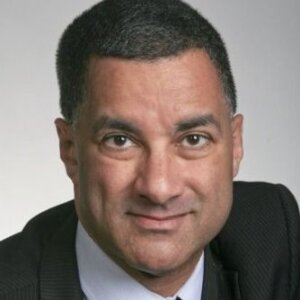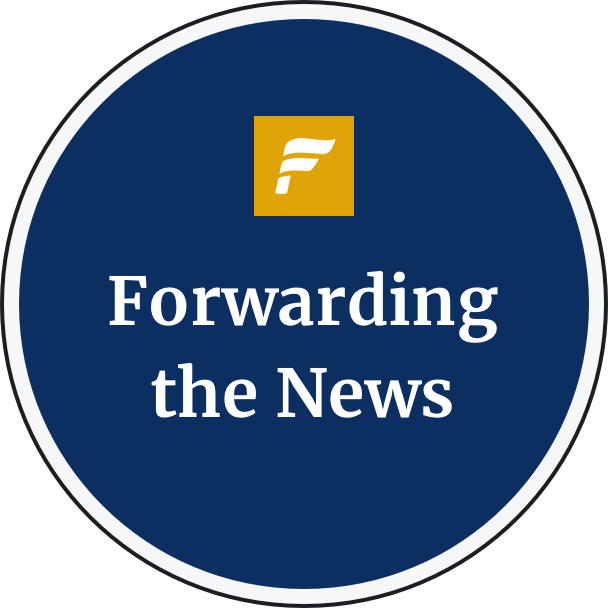Pope Leo XIV at The Vatican, on May 12, 2025. Photo by Getty Images
The next time someone asks sarcastically if the pope is Catholic, tell them not so fast.
He apparently has Jewish cousins. And I’m one of them.
Oh, all right — make that a third or fourth cousin, by marriage, two or three times removed. But however indirect, it’s real, with names and family lineage to prove it.
My family’s tree, which I maintain, is on the Geni genealogy website. Pope Leo XIV’s tree is rapidly becoming the most dissected in the world, especially after the revelation of his mother’s Haitian ancestry and Creole roots in New Orleans.
I too have biracial roots — my mother was German Jewish and my father an African American Baptist (albeit atheist). The pope and I were born a year apart in Chicago (though I’m a fifth-generation North Sider and he grew up on the far South Side). I also had forebears who settled in New Orleans.
But that part of my geography is on the Jewish, not African American, side, and our shared connection begins not in the United States but Germany, where my maternal second great-grandmother Marianna (Felsenthal) Birkenstein was born. Her brother married into the Newhouse family, with a descendant marrying one of the progeny of Joseph Aristide Bacquié of France, Guadeloupe and New Orleans. Bacquié’s racially mixed line is from whom Leo and his mother also descend. The Jewish strain on the Bacquié side appears to end with his cousins, but the various intermarriages a century ago suggest my parents were hardly the first Black and Jewish couple to get hitched.
I don’t expect any of this to earn me a private tour of the Sistine Chapel; even the pope’s brothers seemed unsure about how a family lunch would work at the Vatican. And with far closer relatives guaranteed to come out of the woodwork, I’ll admit that it’s more or less a parlor game to me. In fact, it’s become a thing, with the genealogical sites Geni and MyHeritage periodically sending me alerts telling me I’m related to some well-known person.
The last time was a shocker. It came in March, exactly the day before I was to catch a flight to Memphis to attend a reception at the National Civil Rights Museum, created on the site of the Lorraine Motel where Martin Luther King was assassinated.
A message from MyHeritage told me I was related to Henry Loeb — the segregationist mayor of Memphis, whose intransigence during the 1968 sanitation workers strike that brought King to the city for his last days is widely cited as creating the conditions that led to his death.
Museum staffers gasped when I told them of my connection, especially when I added that my mother was a civil rights leader in Chicago.
The Loeb family converted out of Judaism, and our relationship is also distant, on the third and fourth cousin level. But it’s direct, by blood, with a common ancestor in great-grandmother Marianna’s line.
Loeb, who died in 1992, still has family in the city, including nephew Robert Loeb, who heads the influential family business that helped bring Henry Loeb to power. On the chance I might encounter him, I rehearsed an introductory line: “Hi, I’m your cousin. I’m Black. My branch of the family is still Jewish. And we were on opposite sides during the Civil Rights Movement.”
Alas, no meeting ensued, though an assistant to Robert Loeb did acknowledge an email I sent.
At the Civil Rights museum, history director Ryan Jones one-upped me. “I found out I’m related to Nathan Bedford Forest” — the founder of the Ku Klux Klan, said Jones, who is Black.
It was my turn to drop my jaw.
All this elicits a question for everyone on the planet to consider: Since there’s a good chance we all share a common ancestor as recently as 2,000 years ago and may be as close as 15th cousins, where do we draw the line at what we consider family — especially with kin we don’t want to know about?
Bringing this to the fore for me is that family tree I mentioned. Because it’s online, computers — dare I say AI — can easily cross-reference my tree with thousands of others on the web. Combine that with voluntary DNA testing and gigabytes of Census records and other historical documents discovered daily and long-lost connections reappear. As we hurl into the future, the past catches up with us.
I’d love to talk about this with Cousin Leo, who seems like a genuinely nice guy — even if he is a fan of the White Sox and not my North Side Cubs.
On Passover, maybe? Next year at the Vatican!

I hope you appreciated this article. Before you go, I’d like to ask you to please support the Forward.
Now more than ever, American Jews need independent news they can trust, with reporting driven by truth, not ideology. We serve you, not any ideological agenda.
At a time when other newsrooms are closing or cutting back, the Forward has removed its paywall and invested additional resources to report on the ground from Israel and around the U.S. on the impact of the war, rising antisemitism and polarized discourse.
This is a great time to support independent Jewish journalism you rely on. Make a gift today!
— Rachel Fishman Feddersen, Publisher and CEO

